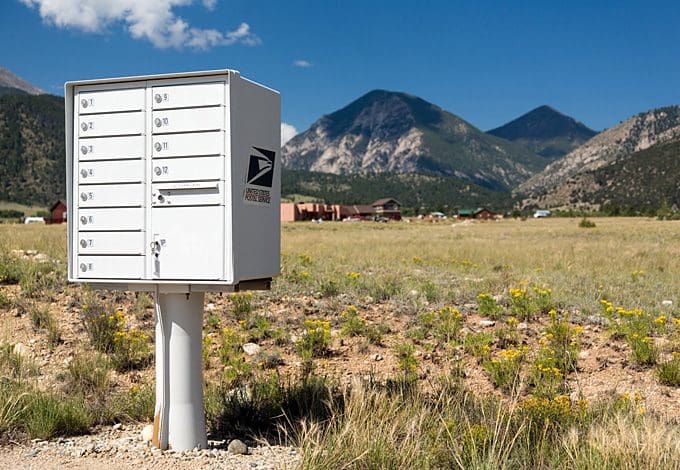words Al Woods

The humble ZIP code has an interesting history. Every ZIP Code for USA goes back to 1963, when the United States Postal Service created the idea to efficiently handle the growing amount of direct mail being sent across the country.
What is a ZIP Code For USA?
ZIP codes (short for Zone Improvement Plan Codes) are an extension of the earlier two-digit postal codes used across major cities. USPS introduced ZIP Codes to better improve the accuracy and efficiency of processing, sorting, and delivering mail. The system also helped account for labor shortages following the end of World War II. The organization needed an easy system to quickly train new employees.
ZIP codes include six digits; five digits and an extra letter that may or may not be needed. Did you know the first digit in a five-digit ZIP code refers to the region? For example, a “0” refers to Northeast USA, up to “9” for Alaska. The second digit in the code represents the central mail processing facility (SCF) for the region. The final two digits refer to precise post offices in large zones and cities.
Some areas may have a ZIP+4 code. These codes were introduced in 1983 and include a four-digit suffix at the end of the standard five-digit code. The extra numbers further refine the actual delivery point (APO) for the delivery.
Most ZIP codes encompass only one neighborhood, but there are some exceptions to the rule. For example, ZIP codes from 51301 to 51340 account for several neighborhoods. It’s also possible that one ZIP code could cover an entire city. The ZIP codes 10001 – 10010 and 10002 – 10004 cover most of New York City. They account for Manhattan and the Bronx respectively.
ZIP Codes evolved again in 1990 when the USPS requested that DCE (Deliverable Character Encoding) be used with the new nine-digit ZIP codes. The DCE offered the USPS a new coding system for ZIP codes as five-digit alphanumerical codes were becoming too cumbersome. CompuServe helped by developing a method to allow people using the electronic mail system to enter alphanumerical numbers to get a DIGIT character-based 9-digit code. The new format was called “A-Z 9D.”
ZIP Codes are the primary method by which the USPS routes mail within the United States. The codes are used for all post office deliveries, package services, meeting point distribution facilities, and postal weigh stations. These are all some of the busiest but most accurate points of delivery for the whole country.
All packages sent through FedEx or the UPS must also have a unique ZIP+4 code so they can be properly tracked. The code identifies packages for the companies to determine the final point of delivery. While these ZIP+4 codes are used within the United States, people sending international mail can also use them keep the mail department simple and effective.
Final Thoughts
While there are many different ZIP codes out there, with different digit types and combinations used, some are unique to certain areas and cities. Because these postal codes can vary according to city and country, your address may be incomplete without a full code. Double-check all mail before sending it to ensure you entered the address properly, including the ZIP Code/postal code.






